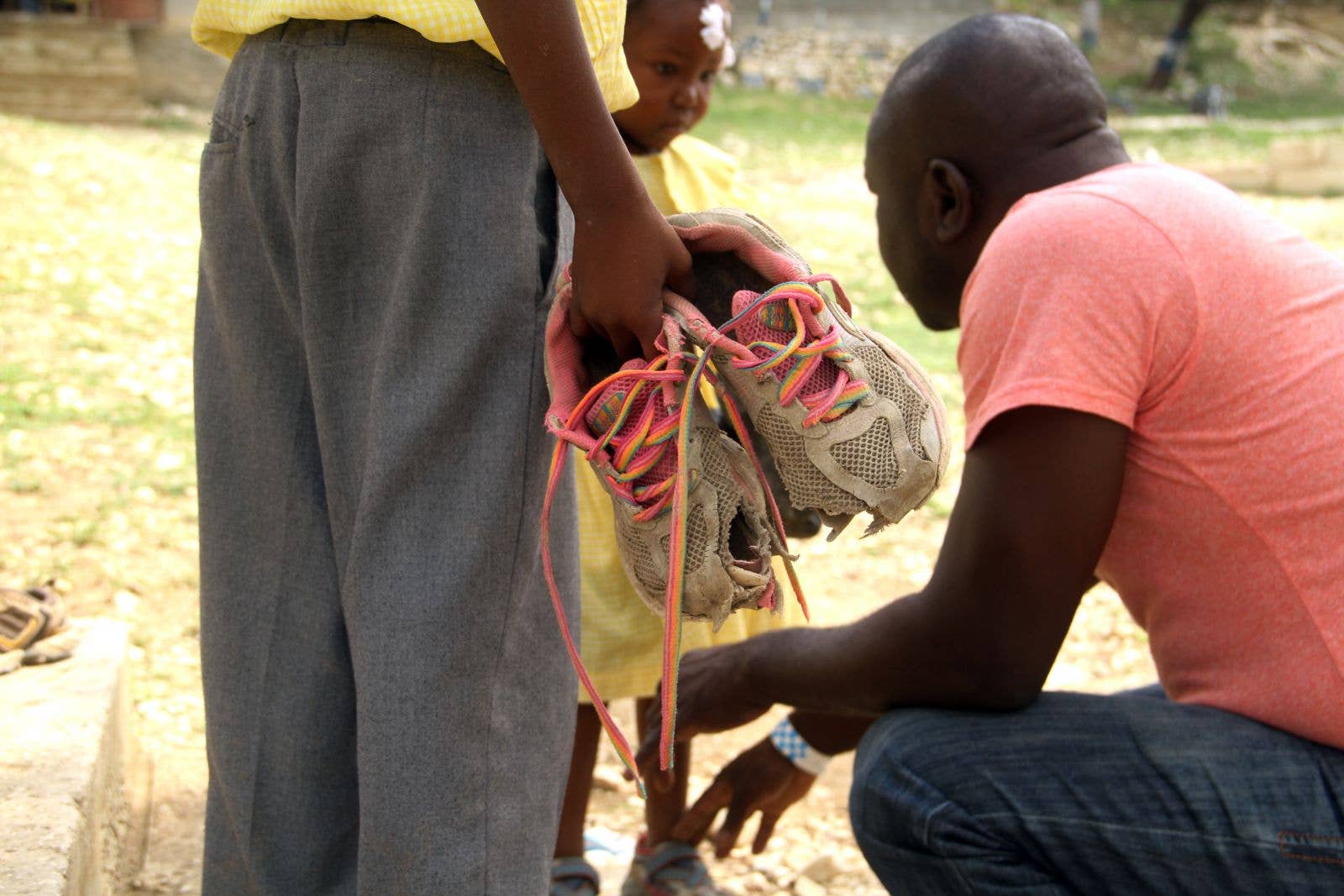1.
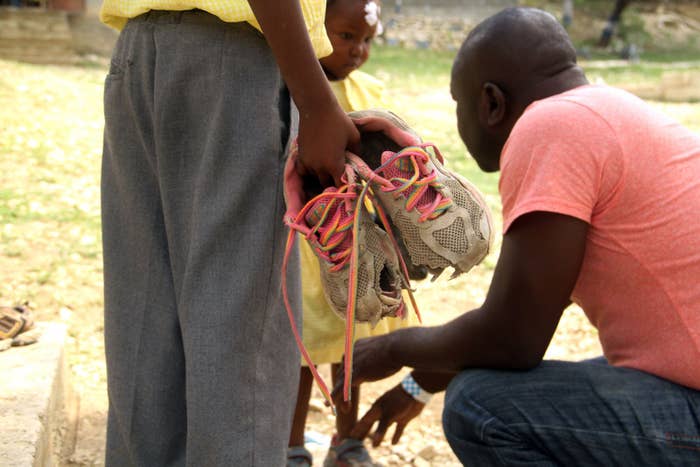
by Pete Forester
Standing in Terminal 7 at JFK Airport waiting to board my plane to Port-au-Prince was something of a comedy.
I stand there laughing, when not 10 minutes ago I was afraid everyone was going to be laughing at me. I went through TSA PreCheck so I didn’t have to take my shoes or belt off to go through security. I missed out on the crucial “Security Bin Instagram Photo.” So, I took a consolation photo. My Passport, my Supreme 5-panel hat, and the pair of Ronnie Fieg x ASICS “Super Greens” that I wore 2.5 years ago the last time I went to Haiti, were lined up on the floor in front of about 100 passengers that were boarding my same plane. I did it as quickly as possible so as to not attract attention.
2.
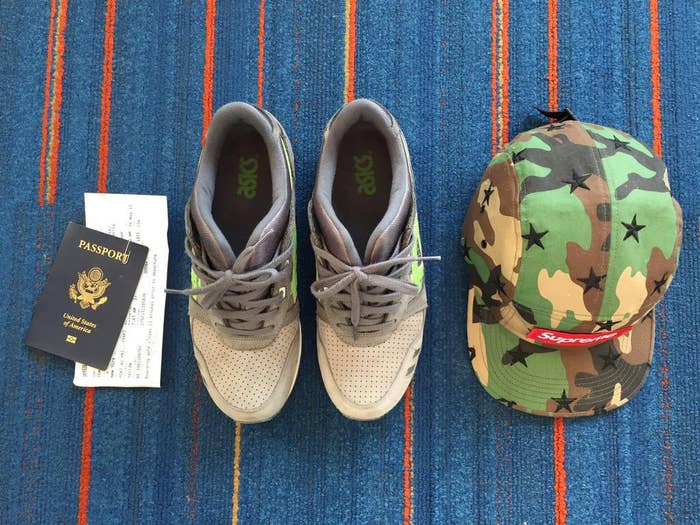
Since that first trip I have gained a basic understanding of Haitian culture and I discovered, after posting that consolation picture to Twitter, staring at the throng of people waiting to get on the plane, that my trip was starting sooner than I thought. Rows 1-5 were called to board the plane, and every Haitian who had a ticket was trying to get on regardless of their assigned row. I love social systems, I love lines, I love traffic laws, and I take personal space very, very seriously. But, Haitians don’t follow systems largely because those systems don’t exist in Haiti. They’ve been edited out of the culture. There are lanes drawn on the roads and speed limits, but they are mere suggestions in the face of the 10 million people who are basically going to do whatever they want.
In America, systems are what help us succeed. Bureaucracy helps far more people than it hurts. In Haiti, bureaucracy has historically been a mask for murder and disenfranchisement. They don’t take too kindly to it. Instead, they take care of each other. It can be scary sitting on the top of a pick-up truck (called a tap-tap), shooting down the highway at 60mph, zig zagging around a dozen other cars, without a strap to hold on to. But this is Haiti. Their problem isn't traffic. Their problems are food, water, and a nearly fatally punctured economy.
I went on this trip as a volunteer with Soles4Souls, an organization that fights poverty all over the world through shoes and sneakers. They use cash donations to fund trips and buy shoes for those who don’t have them. They accept worn sneakers of all conditions to either help inject microeconomic benefits into impoverished communities or recycle for community projects, like turning sneakers into running tracks. Everything gets used, and they are one of the most efficient charities in the world with an overall rating of 99.64 by Charity Navigator (The Red Cross scores 80.05).
3.
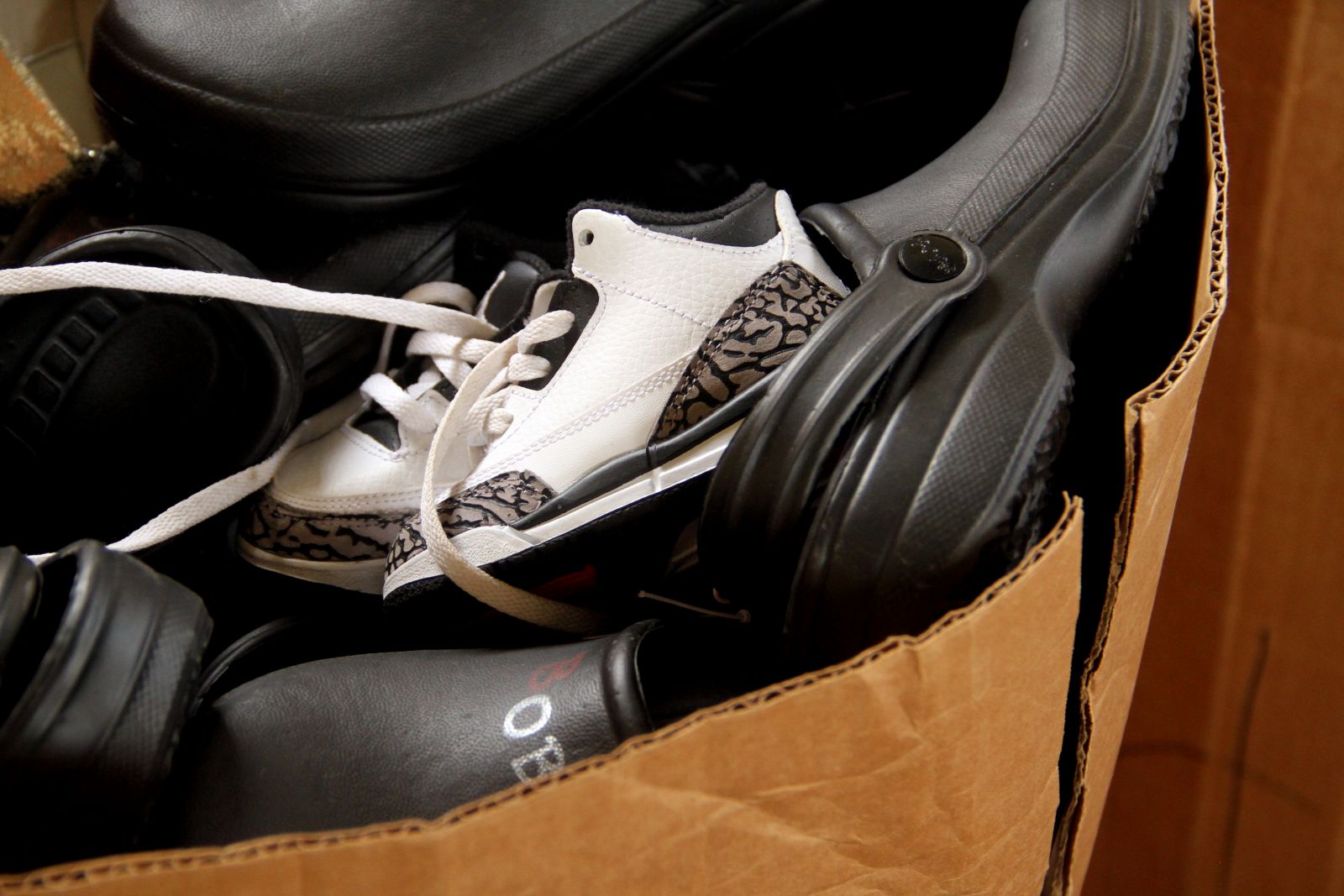
Every day in Haiti with Soles4Souls centers around footwear, and as a semi-professional footwear collector it can be an alarming and educational experience.
We spent hours sizing and fitting barefoot kids with shoes that cost the organization $1 each. When every dollar can change a life, the question of whether I’m going to spend $150 on a random pair of shoes I didn’t know existed the day before becomes a little more complicated. I’ve seen villages fed for $75. I’ve seen a child so excited about a toy that was 10-for-a-dollar that he wet himself. That’s a very well spent dime.
The trick is to challenge myself to spend my dimes the same way. It’s not a question of guilt, although that’s definitely a factor. Instead, it’s about value. I have a greater understanding of what a dollar means, so with that knowledge, I don’t really want to spend my money on some brand’s half-assed attempt to stay relevant this week. I learned to not buy shoes just because I can, but rather to get what I want regardless of cultural cues, separated from hype.
"What's on your feet doesn't matter, it's how you live in what's on your feet."
This sounds much easier than it is. You can’t get very far in the sneaker community without hearing from influencers claiming they don’t listen to the hype. But everyone listens to the hype. It’s how we know what’s coming, and helps us find out what’s fresh. It’s the democratic process of information dissemination. Hear it, examine it, put it in context, and then let it go. Get what you want, and then use what you have left to better yourself, or perhaps help others.
You've never seen cleanliness like the typical Haitian poverty. In America we associate poverty and a lack of proper housing with dirtiness. That's not the case in Haiti. They take immaculate care of their presentation. When they have water, they use it to keep themselves clean. Every child’s school uniform looks almost brand new, their faces malnourished, but without a mote of dirt. They are proud and always present themselves in a way that is as respectable as possible. It’s second nature, it’s built in. Their identity is separate from their things.
Their identity comes from their inherent human value. This was probably the most valuable lesson I learned in Haiti about being a sneakerhead. That what’s on my shelves has very little to do with me. It has only to do with the objects that I want. It’s easy to see someone walk in with a crazy pair you don’t have, and feel bad about yourself because you consider that you’re something less than them. Our culture is set up to make you feel that. It’s designed that way because otherwise they wouldn’t be able to sell us new pairs every week. But it has nothing to do with who we are. A fresh pair of Puma Suedes worn with pride will look better than anyone’s Yeezy Boosts that are just trying to prove something.
4.
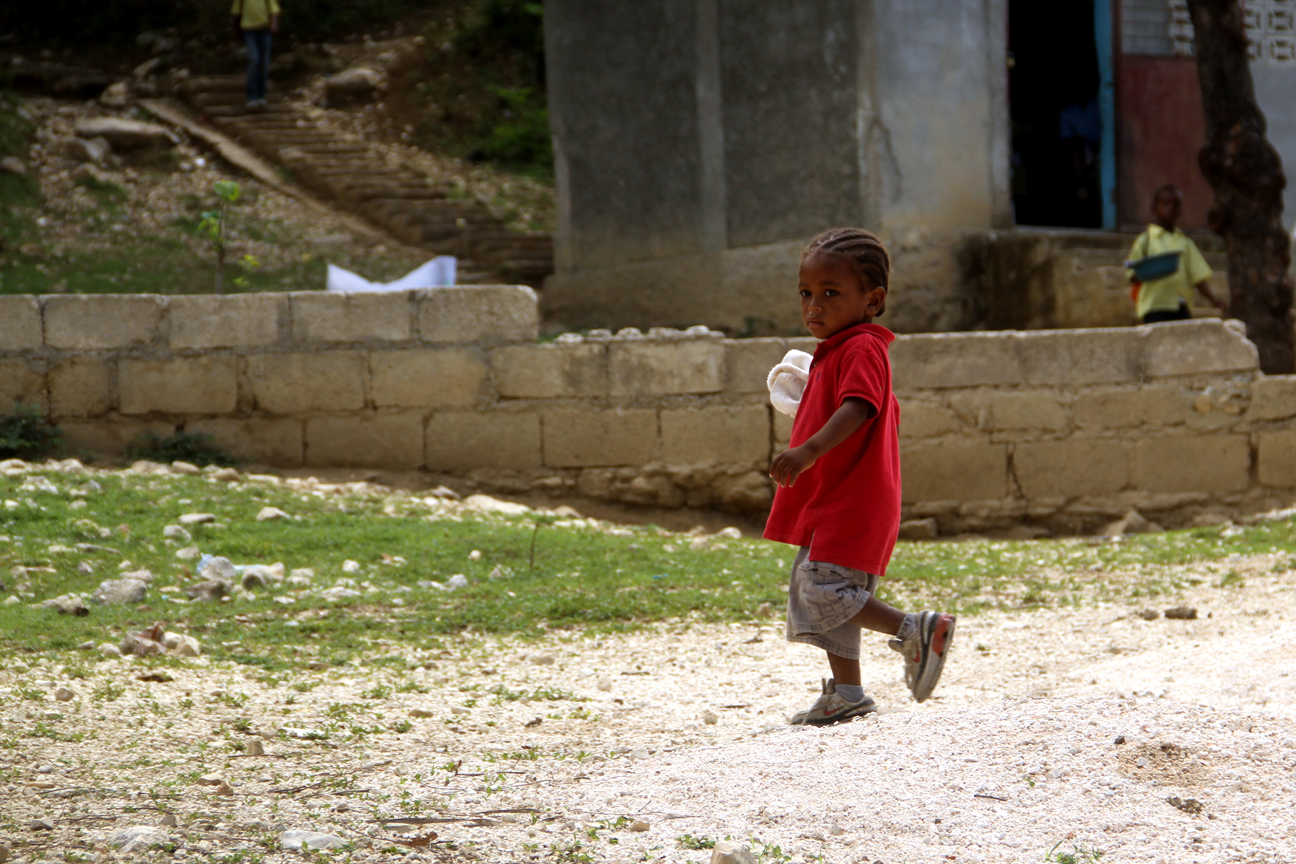
I won't lie and say that I found people with very little are happy with what they have. They are aspirational and they want better for themselves, like everyone else everywhere else. And if not for themselves, for their family, for their community. They want better. But they respect themselves.
We can and should have fun with sneakers. It is a sport. But we should tie fully none of our identity or worth with what we put on our feet. Enjoy what we have. Love what we have. Fight for the next pair. But on that day you miss out, remember your disappointment is in missing sneakers, and has nothing to do with who you are. What's on your feet doesn't matter, it's how you live in what's on your feet.
On the plane back from Port-au-Prince, my Haitian neighbor firmly planted his foot in the middle of my legroom. As someone who takes personal space so seriously, it was profoundly bothersome. Here was a guy who couldn’t find his seat, so I stepped in to help. Then he couldn’t reach his seatbelt, so I did it for him. When he went to the restroom, his lack of agility meant I had to stand up so he could get out, which was no problem. He thanked me profusely at every turn, and yet he was taking up my space. And then I realized: to him, it’s our space. In it’s own way, his foot was a generous move because it was an illustration we were not separated, we were in it together.
Pete Forester is a contributor to Sole Collector and you can follow him on Twitter at @pete_forester

